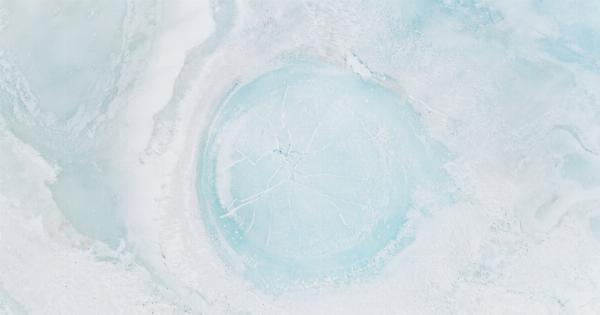Air pollution has become a major concern across the globe. It is a complex mixture of particles, gases, and chemicals that can be harmful to human health.
Air pollution has been linked to various health problems, including cardiovascular disease, respiratory problems, and cancer. In recent years, research has shown that air pollution could also impact ocular health, particularly in glaucoma development.
What is Glaucoma?
Glaucoma is a group of eye diseases that damage the optic nerve and can lead to blindness if left untreated.
The leading cause of irreversible blindness worldwide, glaucoma is often called the “silent thief of sight” because there are usually no symptoms or pain in the early stages. However, as the disease progresses, it can cause vision loss and even blindness.
How Does Air Pollution Affect Glaucoma?
Air pollution can affect ocular health in several ways, including by increasing oxidative stress, inflammation, and the number of free radicals in the eye.
Studies have shown that exposure to air pollutants is associated with an increased risk of developing glaucoma.
One study, published in the Journal of Glaucoma, found that people who lived in areas with higher levels of air pollution had a greater risk of developing open-angle glaucoma, the most common form of the disease.
The researchers found that for every increase in particulate matter (PM) 2.5, a type of air pollutant, the risk of open-angle glaucoma increased by 6 percent.
In another study, published in the American Journal of Ophthalmology, researchers found that exposure to nitrogen dioxide, a common air pollutant, was associated with an increased risk of primary open-angle glaucoma.
The risk was highest in people who lived within 50 meters of a major road.
Other studies have also found a link between air pollution and glaucoma.
For example, a study published in the journal Investigative Ophthalmology & Visual Science found that people who lived in areas with high levels of air pollution had a thinner cornea, a factor that could increase the risk of developing glaucoma.
Prevention Measures
Preventing air pollution is the best way to reduce the risk of developing glaucoma. Reducing exposure to air pollutants can help protect ocular health and improve overall health. Here are some things you can do to reduce your exposure to air pollution:.
- Avoid areas with heavy traffic
- Avoid burning fossil fuels
- Use public transportation, carpool, or walk instead of driving
- Avoid using wood, coal, or other solid fuels for heating and cooking
Indoor air pollution can also impact ocular health, so it is important to keep the air inside your home clean. Here are some things you can do to reduce indoor air pollution:.
- Use an air purifier
- Keep your home well-ventilated
- Avoid using chemical cleaning products or aerosol sprays
- Use natural cleaning products, such as vinegar and baking soda
Conclusion
Air pollution is a major health concern, and it can impact ocular health, particularly in glaucoma development.
Studies have shown that exposure to air pollutants is associated with an increased risk of developing glaucoma, the leading cause of irreversible blindness worldwide. Preventing air pollution is the best way to reduce the risk of developing glaucoma and protect ocular health. By reducing exposure to air pollutants and keeping indoor air clean, we can improve our overall health and prevent the onset of glaucoma.



























